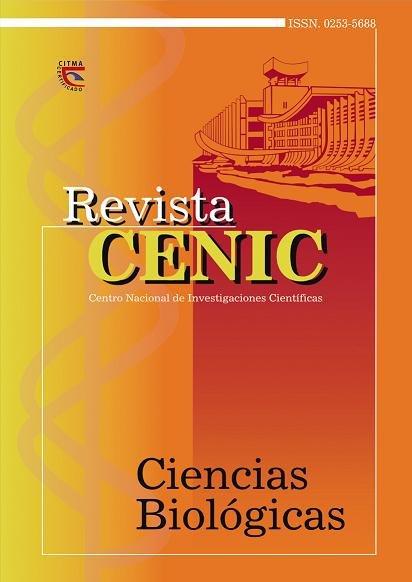Diagnostic interpretation of congenital anomalies in preclinical trials.
Abstract
The objective of this review was to specify overall aspects about the production mechanisms of congenital anomalies, as long as the elements to take into account for their detection and assessment in preclinical studies. Any agent that disturbs, with sufficient intensity, either of the mechanisms in the embryo-fetal development process, may cause congenital defects. Therefore, their identification has major importance in teratologic potential preclinical assays, which are performed to ensure that a particular drug can be used during pregnancy without negative consequences. This can be accomplished by means of standardized processes, such as fetal staining with alizarin red for the assessment of skeletal morphology, and fetal fixation in Bouin’s solution to assess visceral morphology. Some of the most common defects are located on the abdominal wall (gastroschysis, onfalocele) or in the form of skeletal variations (supernumerary ribs, poor ossification), hence, they must be carefully interpreted in order to elucidate whether its presence is related to the administration of a drug.
Downloads

Downloads
Published
How to Cite
Issue
Section
License
Los autores que publican en esta revista están de acuerdo con los siguientes términos:
Los autores conservan los derechos de autor y garantizan a la revista el derecho de ser la primera publicación del trabajo al igual que licenciado bajo una Creative Commons Atribución-NoComercial-CompartirIgual 4.0 Internacional que permite a otros compartir el trabajo con un reconocimiento de la autoría del trabajo y la publicación inicial en esta revista.
Los autores pueden establecer por separado acuerdos adicionales para la distribución no exclusiva de la versión de la obra publicada en la revista (por ejemplo, situarlo en un repositorio institucional o publicarlo en un libro), con un reconocimiento de su publicación inicial en esta revista.
Se permite y se anima a los autores a difundir sus trabajos electrónicamente (por ejemplo, en repositorios institucionales o en su propio sitio web) antes y durante el proceso de envío, ya que puede dar lugar a intercambios productivos, así como a una citación más temprana y mayor de los trabajos publicados (Véase The Effect of Open Access) (en inglés).














